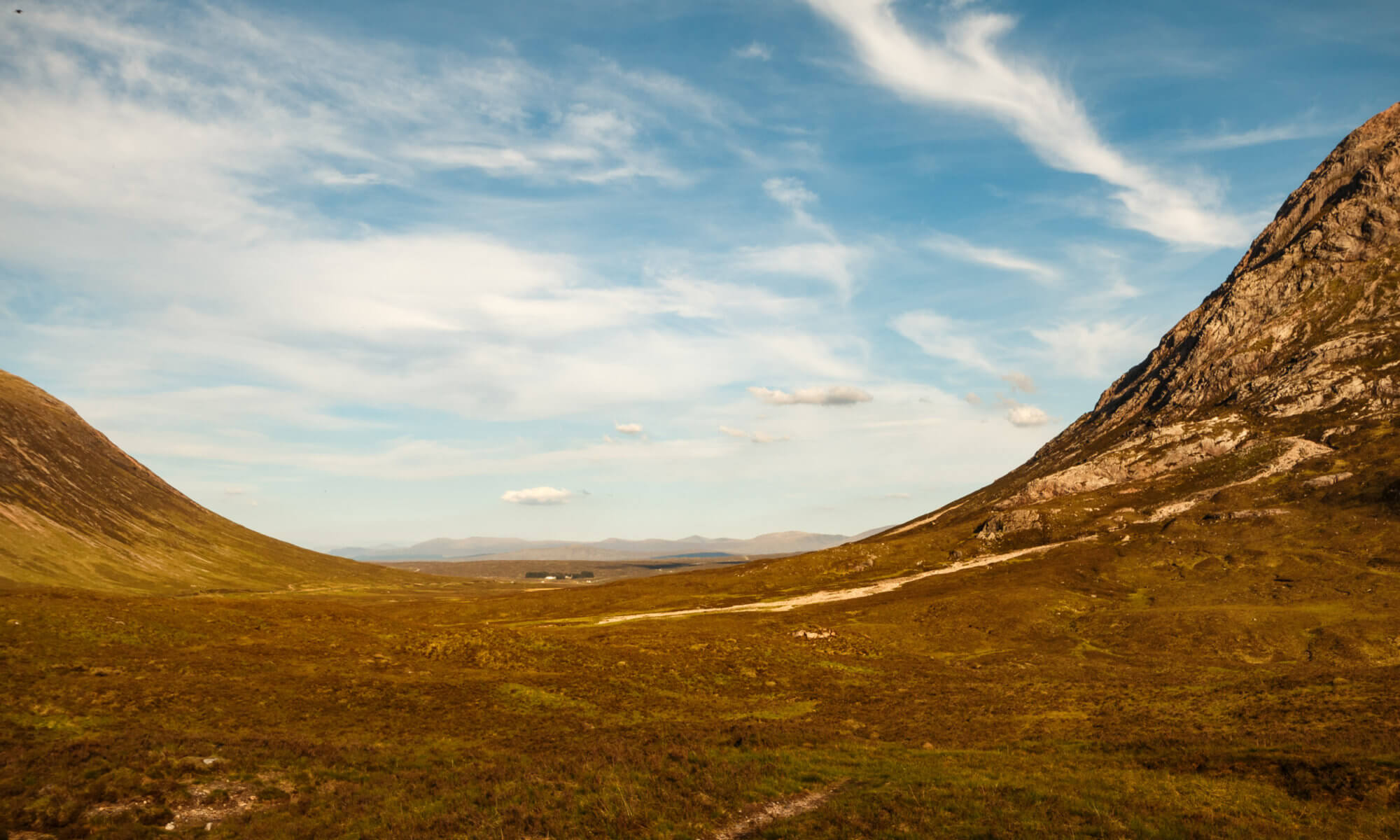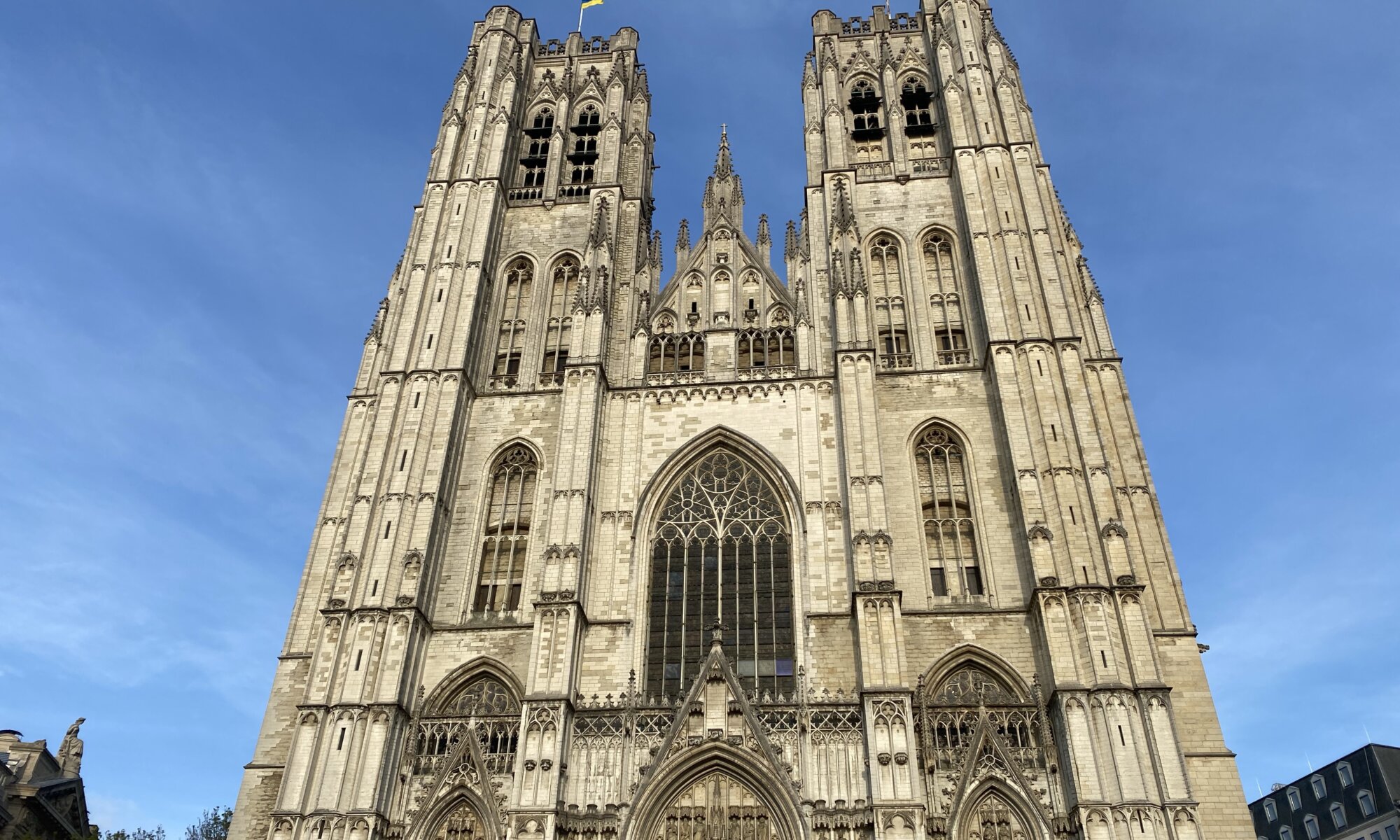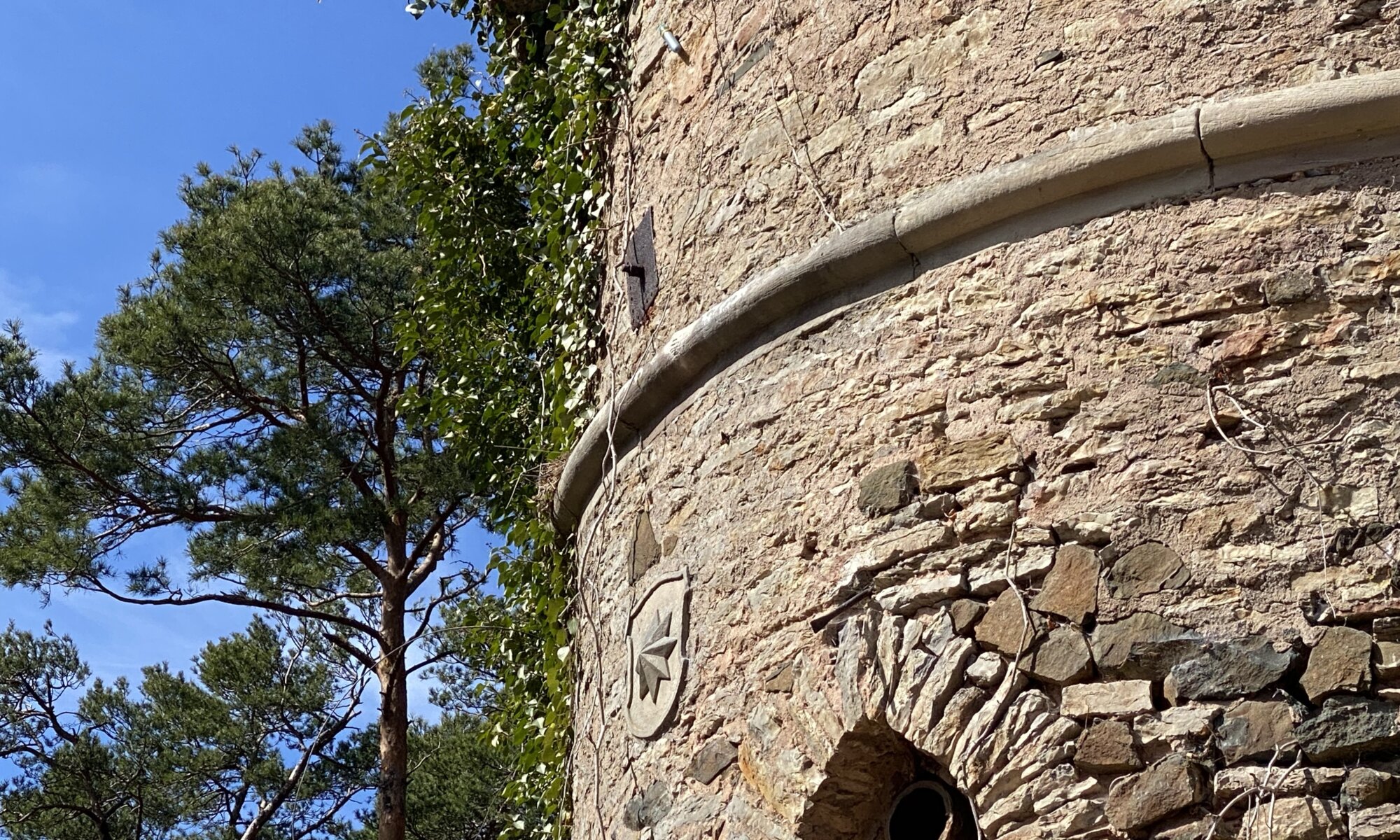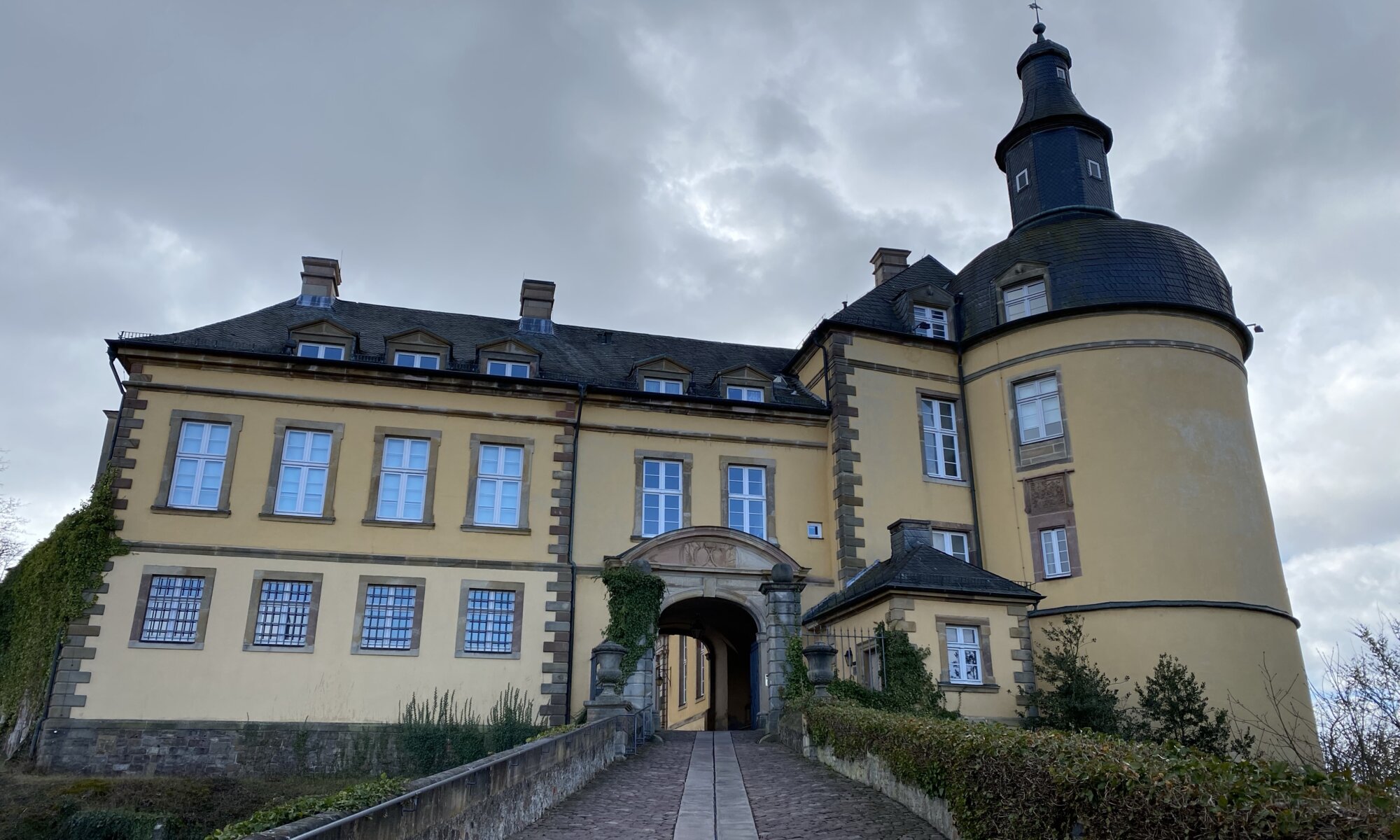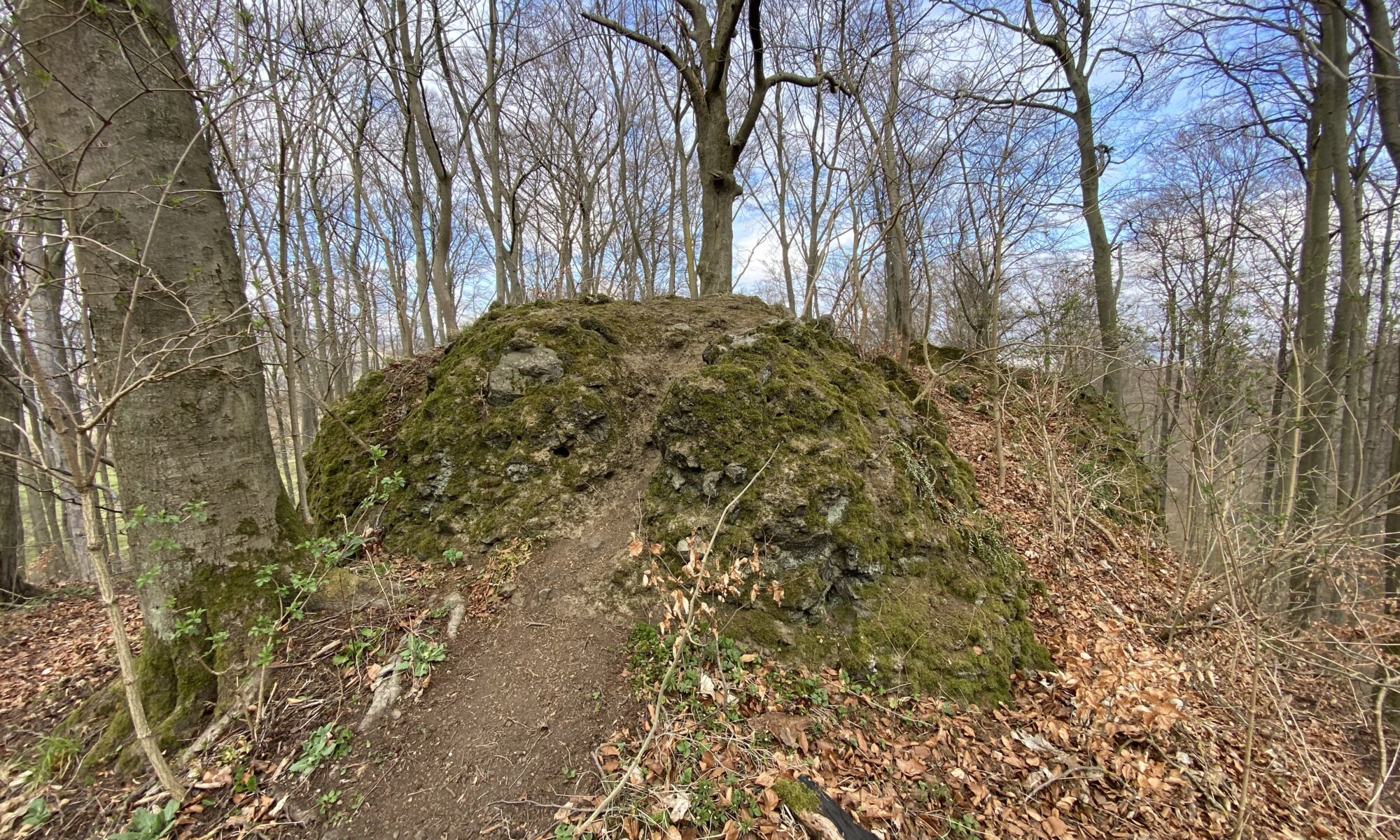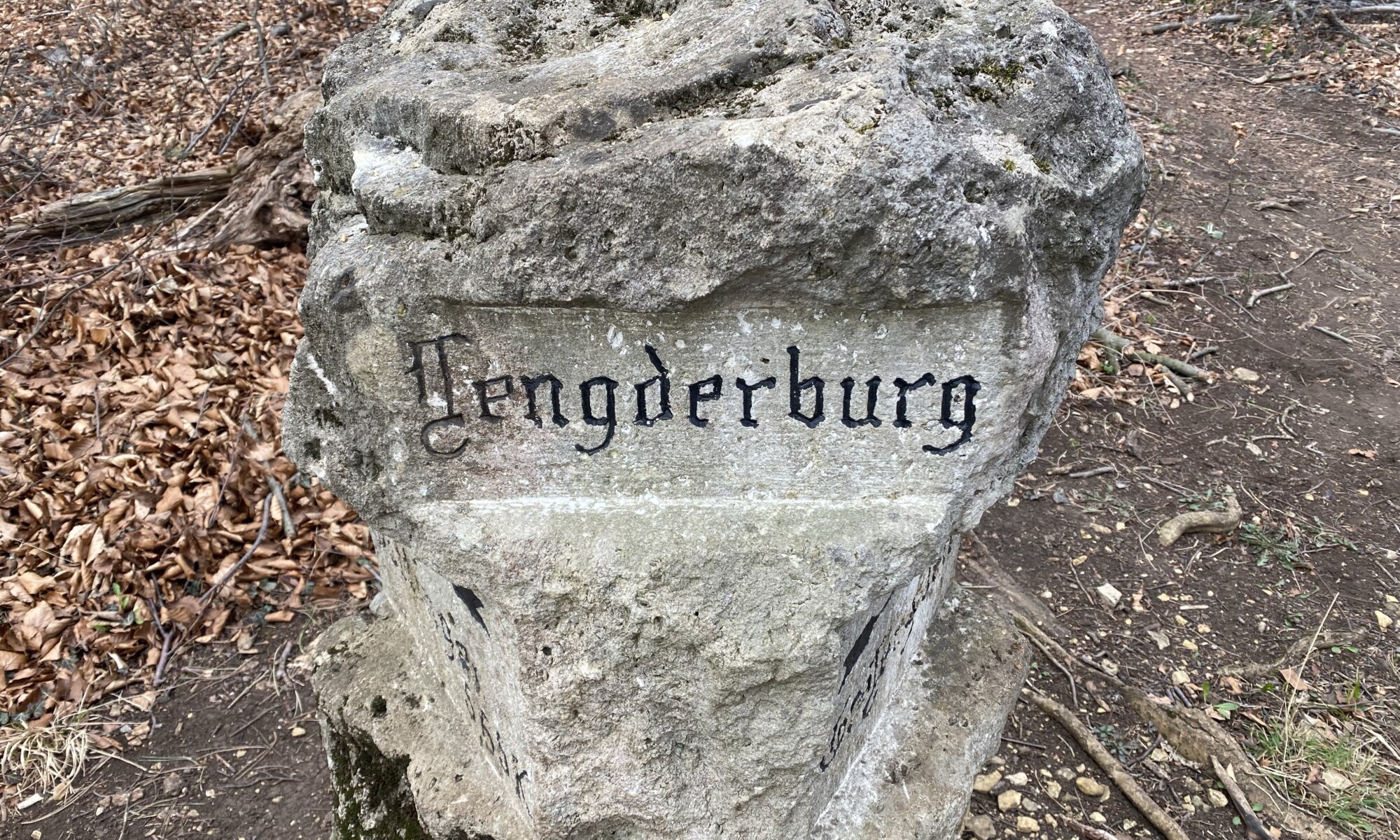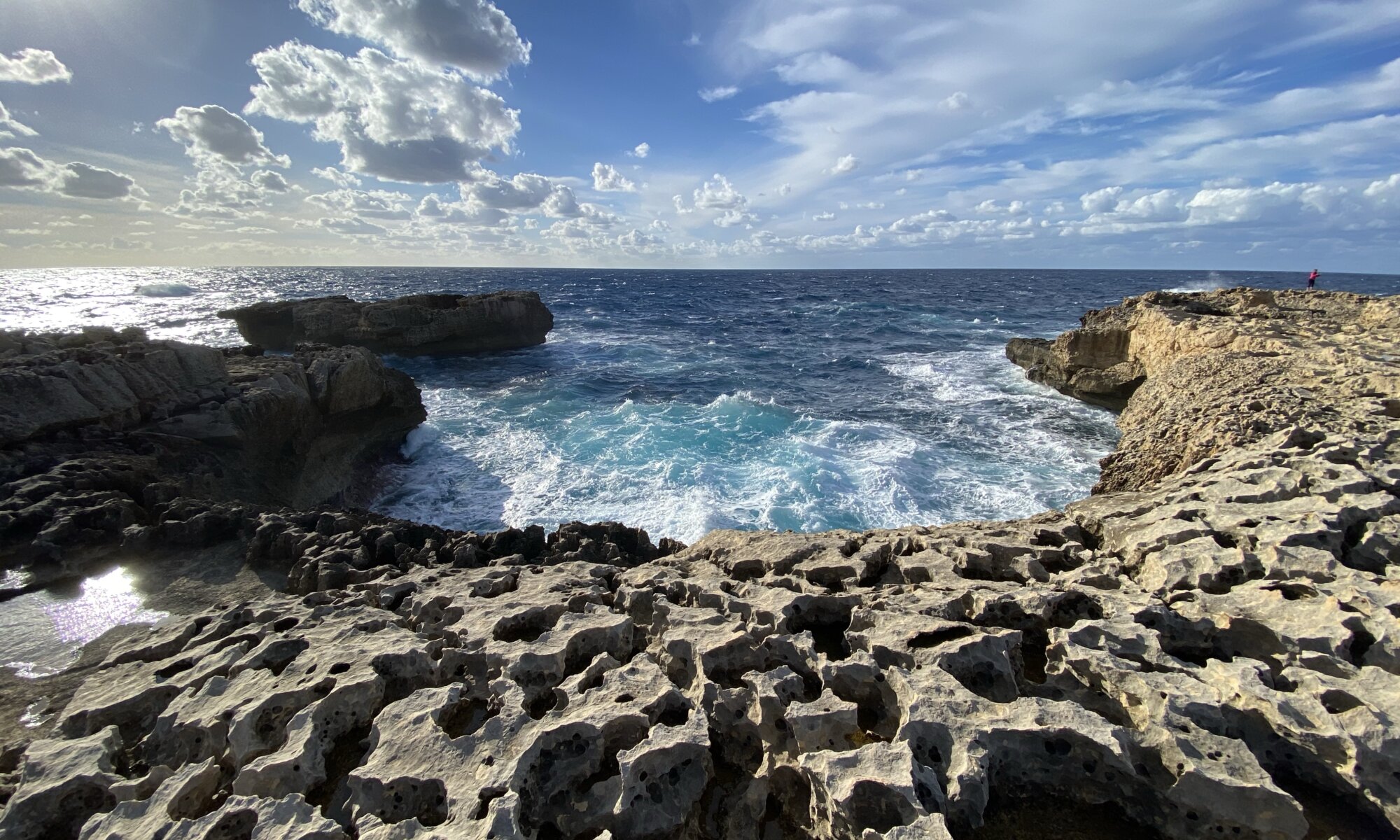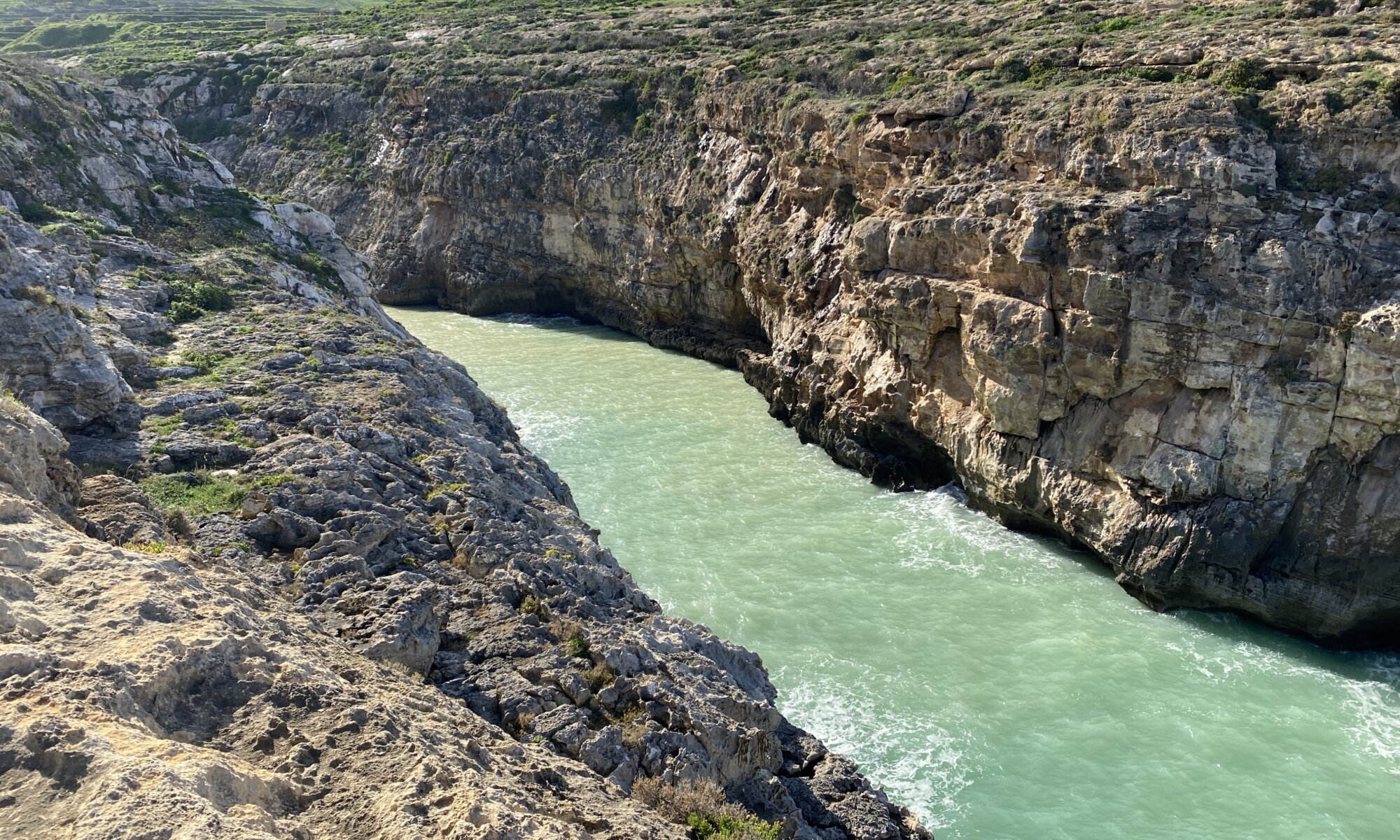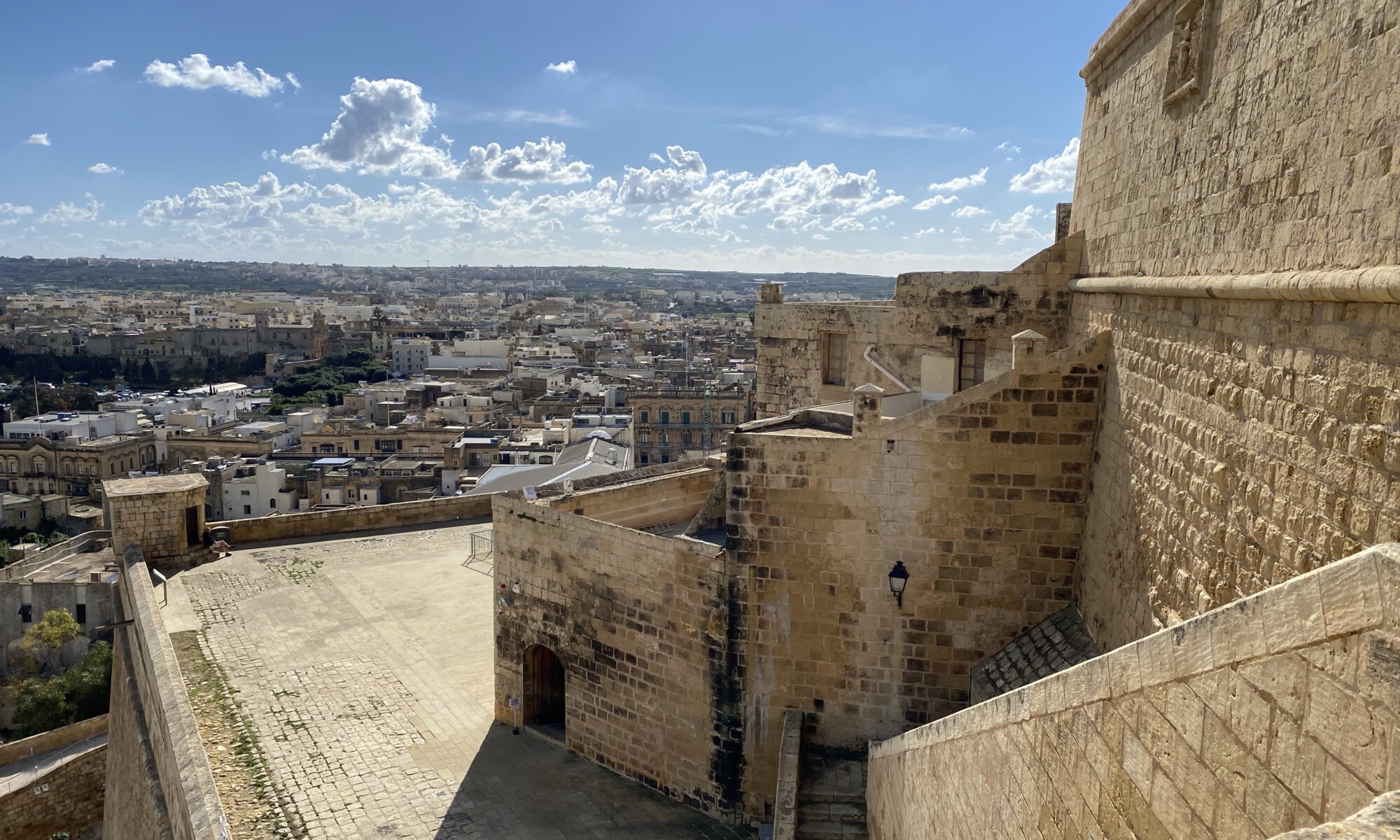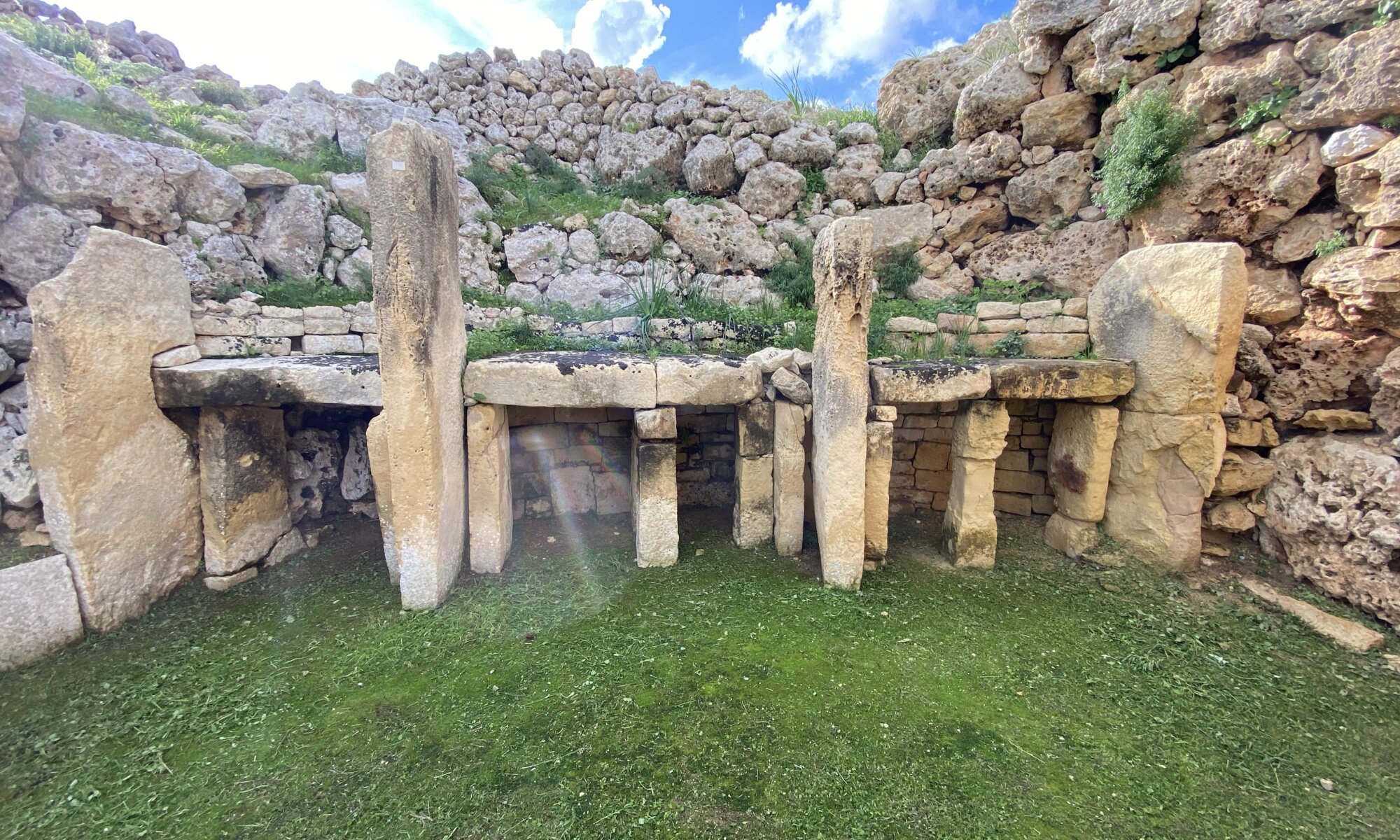The most important church of Bruxelles is the Cathédrale des Saints Michel et Gudule located in the east of the city center. The Gothic-style church was built from the year 1226 on and was finished in the 15th century. A first church building on this site dates back to the eighth century CE and was dedicated to archangel Michel. When the bones of the national saint Gudule were transferred to the church this dedication was extended.
Continue reading “Cathédrale”Katzenstein
The Ruine Katzenstein is a historic building close to the city center of Bad Wildungen that has been almost forgotten. It is the ruin of a ruin, partially covered with concrete and hidden in a forest. But this was different in the past; for many years, the Katzenstein tower was shown in most touristic postcards of the region. It was created as a ruin in 1876 when the spa gardens of the city were redesigned, and it was visible from the city.
Continue reading “Katzenstein”Schloß Friedrichstein
Bad Wildungen is a small spa town with mineral springs in northern Hesse. It is beautifully located on and between mountains, different small rivers (like the Wilde, Bornebach, Sonderbach, Uhrenbach, Erdbach) run through the city. At the riversides you can find nice parks and a lot of artworks – a lot to discover. On top of one of the mountains (the Schloßberg), you can find the yellow-painted Baroque-style castle Schloß Friedrichstein.
Continue reading “Schloß Friedrichstein”Igelsburg
It is disputed whether the Igelsburg (formerly Engelsburg) in the Habichtswald forest was a real castle. Ancient sketches show just four houses on top of a basalt rock protected by palisades. At which point in time this fortification was built is unknown, but it is believed that it was used by Charles the Great in his war against the Saxons (772 to 804 CE). It was given up somewhen in the 12th or 13th century CE.
Continue reading “Igelsburg”Lengder Burg
When in earlier days the people living at Klein Lengden (a village belonging to Gleichen, Germany) needed protection, they went up onto the mountain Lengderburg (383 meters high), one kilometer afar from the settlement. The so called Lengder Burg (Lengden castle), a refuge created between the year 500 and 300 BCE, is unfortunately not preserved – but its former location offers nice views on the area underneath.
Continue reading “Lengder Burg”Lost Azure Window
The Rocky Bay of Gozo is an often-visited area on the island. Tourists get to this place to walk through a moonlike landscape with many small ponds engraved into the rocks by the sea. Often you can observe a rough sea here with high waves spreading their water when crushing against the rocks. It’s a magnificent place and there is also a small grotto.
Continue reading “Lost Azure Window”Wied il-Għasri
The Wied il-Għasri gorge is a wonderful natural phenomenon at Żebbuġ on the island Gozo. You can walk down in steps and enjoy swimming at this very secluded beach, or you can hike above it and find cart ruts in the rocks with unknown origin. The gorge is 250 meters long and up to thirty meters wide.
Continue reading “Wied il-Għasri”Cittadella
High above the city of Victoria on Gozo you can see a strong fortification, the Cittadella. It was created in medieval times and later became a home to the Knights Hospitaller. Over time the fortification lost its importance and was replaced by castles at the sea. Today you can walk on the remparts and enjoy good views on the island, visit the cathedral Santa Marija and explore three museums (natural history museum, ethnological museum, archaeological museum).
Continue reading “Cittadella”Ġgantija
The most important megalithic temple site on the island of Gozo is Ġgantija, located at Xagħra. It’s part of the UNESCO World Heritage Site ‘Megalithic temples of Malta’ and has good infrastructure with an exhibition at the entrance and a small shop at the exit. It was built from 3600 BC on and it received its name because people believed that a giant has built it. In fact, it must have been really hard work to move these giant stones around.
Continue reading “Ġgantija”Ta’ Ħaġrat & Skorba
Visiting the two temples Ta’ Ħaġrat and Skorba belonging to the UNESCO World Heritage Site ‘Megalithic temples of Malta’ is like searching for treasures. Both are rather small megalithic temples hidden in villages belonging to Mġarr. Ta’ Ħaġrat is one of the oldest temple sites on Malta created from 3600 BC on and the bigger one of the two.
Continue reading “Ta’ Ħaġrat & Skorba”